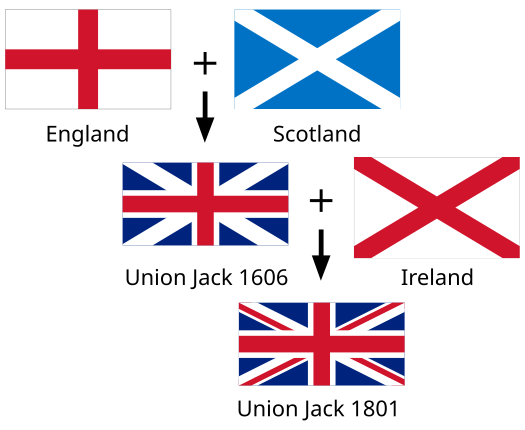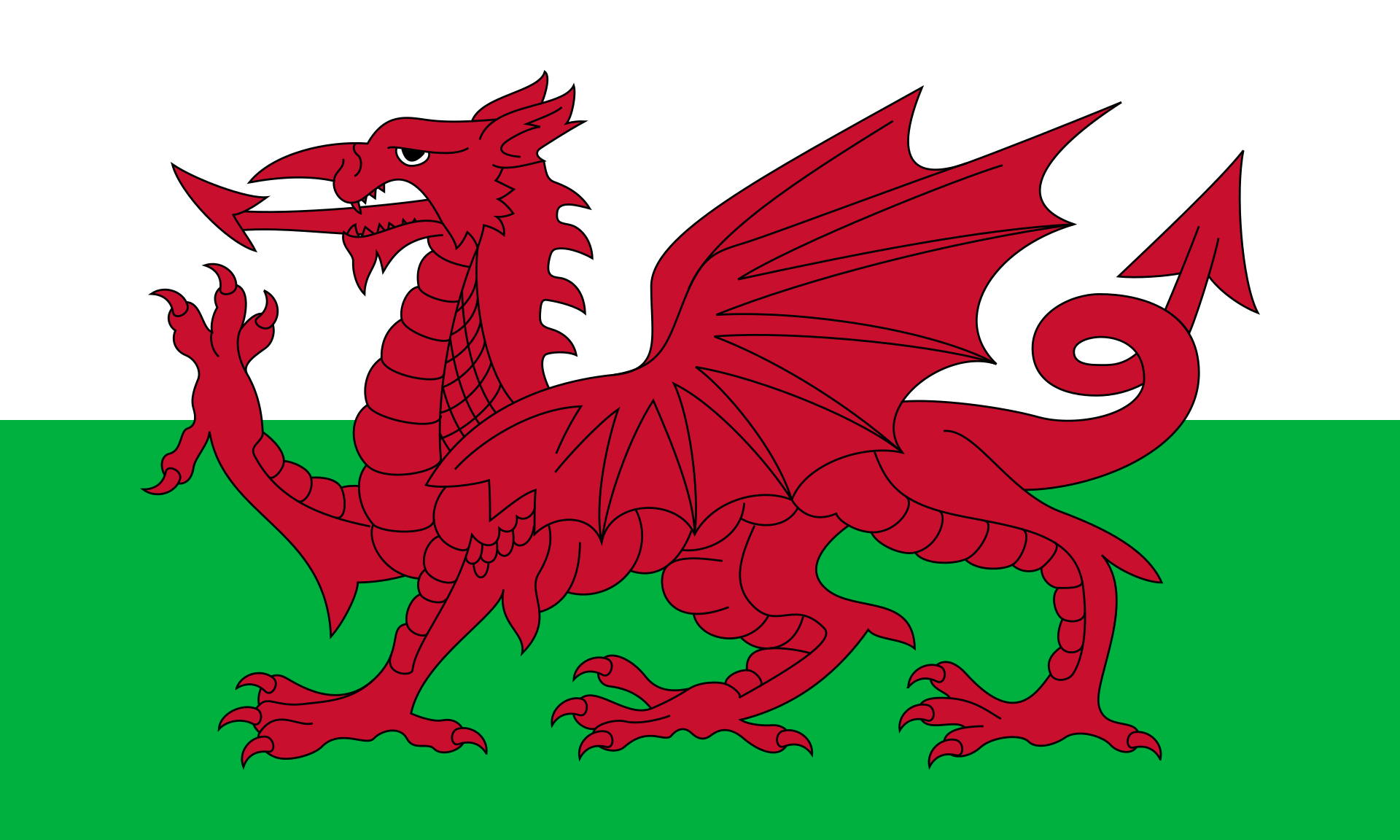Ireland and Britain in the 19th Century
19th-century in Ireland and Britain, from famine, voting reforms and evolution of the British Empire.
Ireland in the 19th Century
Life in Ireland was much harder than in the rest of the UK. About two-thirds of people worked in farming, often on very small plots of land. Many depended mainly on potatoes for food.
In the mid-19th century, the potato crop failed, causing a terrible famine. Around one million people died from disease and hunger. Another one and a half million left Ireland — some moved to the United States, others to England.
By 1861, many Irish people lived in Liverpool, London, Manchester, and Glasgow.
The Irish Nationalist movement grew stronger during this time.
- Groups like the Fenians wanted full independence from Britain.
- Others, like Charles Stuart Parnell, wanted Home Rule, meaning Ireland would stay in the UK but have its own parliament.
The Union Flag (or Union Jack)
One symbol of this new union was a new official flag: the Union Flag. It is also often called the Union Jack. The flag is a combination of the crosses linked to England, Scotland, and Ireland. The Union Flag is still the official flag of the UK today.
The Union Flag is made up of three distinct crosses:
- St George's Cross 🏴: This represents England. It is a red cross on a white background. St George is the patron saint of England.
- St Andrew's Cross 🏴: This represents Scotland. It is a diagonal white cross on a blue background. St Andrew is the patron saint of Scotland.
- St Patrick's Cross 🇮🇪: This represents Ireland. It is a diagonal red cross on a white background. St Patrick is the patron saint of Ireland.


The Right to Vote
As towns and cities became wealthier and more powerful, the middle classes wanted more political rights.
The Reform Act of 1832 expanded the right to vote and ended the old pocket and rotten boroughs. It gave more parliamentary seats to towns and cities, shifting power from the countryside.
However, only property owners could vote, so most working-class people could not.
A new movement, the Chartists, campaigned for voting rights for working-class men and people without property. They sent petitions to Parliament, but at first, they failed.
The Reform Act of 1867 gave more urban seats and reduced property requirements, yet most men — and all women — still could not vote.
As the number of voters grew, political parties started reaching out to ordinary citizens to win elections.
Later, in the 20th century, universal suffrage — the right of all adults, men and women, to vote — was finally achieved.
Women’s Rights and the Suffragettes
In the 19th century, women in Britain had fewer rights than men.
Before 1870, when a woman married, her money, property, and earnings automatically became her husband’s.
The Acts of Parliament in 1870 and 1882 changed this, allowing wives to keep their own property and earnings.
In the late 19th and early 20th centuries, more women protested for equal rights — especially for the right to vote.
They formed the women’s suffrage movement, and were known as suffragettes.
Emmeline Pankhurst (1858–1928)
Later, in 1903, she helped found the Women’s Social and Political Union (WSPU) — the first group whose members were called suffragettes.
The WSPU used civil disobedience to demand voting rights for women. They chained themselves to railings, smashed windows, and even committed arson. Many, including Pankhurst, went on hunger strike.
In 1918, women over 30 gained the right to vote and stand for Parliament, partly for their work during World War I.
Just before Pankhurst’s death in 1928, the voting age for women was lowered to 21, making it equal to men’s.

The Future of the Empire
By the late 19th century, people were debating the future of the British Empire.
- Supporters believed it brought trade and wealth to Britain.
- Critics said it was too large and that frequent conflicts, such as those on India’s northwest frontier and in southern Africa, drained Britain’s resources.
Still, most British people saw the Empire as a force for good.
The Boer War (1899–1902) made these debates more serious. Britain fought the Boers, Dutch settlers in South Africa. The war lasted over three years and caused many deaths from battle and disease.
Some people began to question whether the Empire could survive. Over time, parts of the Empire gained more freedom and autonomy.
By the mid-20th century, most colonies became independent, forming the Commonwealth.
Rudyard Kipling (1865–1936)
Are losing theirs and blaming it on you...
Key Points
- Poor conditions in 19th-century Ireland and the Great Famine
- Growth of Irish nationalism, including Fenians and Charles Stuart Parnell
- The Union Flag combining the crosses of England, Scotland, and Ireland
- Reform Acts of 1832 and 1867 expanding voting rights
- The Chartist movement for working-class suffrage
- Rise of political parties appealing to ordinary voters
- Women’s legal reforms in 1870 and 1882
- Formation of the suffragette movement
- Emmeline Pankhurst and the WSPU
- Women’s voting rights in 1918 and 1928
- Debate over the British Empire’s purpose and size
- The Boer War (1899–1902)
- Transition from Empire to Commonwealth
- Life and works of Rudyard Kipling, Nobel laureate (1907)